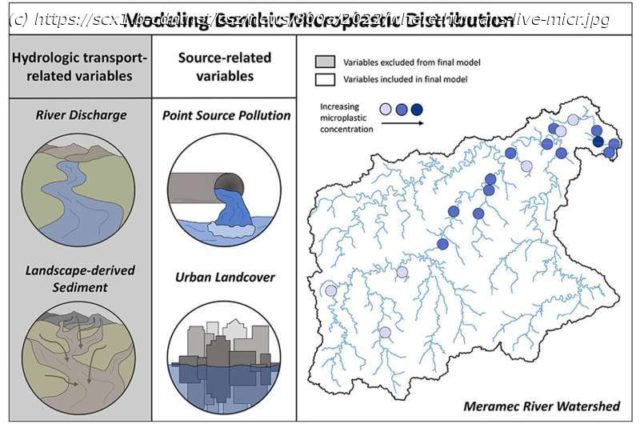A paper published in Environmental Pollution, authored by Saint Louis University (SLU) scientists, shows that human proximity is the best indicator of microplastics being found in the Meramec River in Missouri.
A paper published in Environmental Pollution, authored by Saint Louis University (SLU) scientists, shows that human proximity is the best indicator of microplastics being found in the Meramec River in Missouri.
A team of researchers, led by Jason Knouft, Ph.D., professor of biology, principal investigator with the WATER Institute at SLU, and scientist at the National Great Rivers Research and Education Center; and Elizabeth Hasenmueller, Ph.D., associate professor of Earth and atmospheric sciences and associate director of the WATER Institute at SLU, studied levels of microplastics at 19 sites along the Meramec River, including locations downstream from a major metropolitan area as well as less populated rural areas.
« What we found was that the human factors basically told us where the microplastics were, » Hasenmueller said. « The distribution of microplastics in the watershed wasn’t driven by river flow or sediment inputs. Instead, it was mostly related to how close the site was to inputs of wastewater or a city. Those sorts of things were the biggest predictors. »
Microplastics are generally characterized as plastic particles smaller than 5.0 millimeters and can be found across marine, terrestrial and freshwater environments. Due to the durability of plastic and the potential dangers of microplastics being found in freshwater systems, Knouft, Hasenmueller, and team set out to determine how microplastics enter freshwater systems and what is the best indicator to determine where microplastics will be found.






